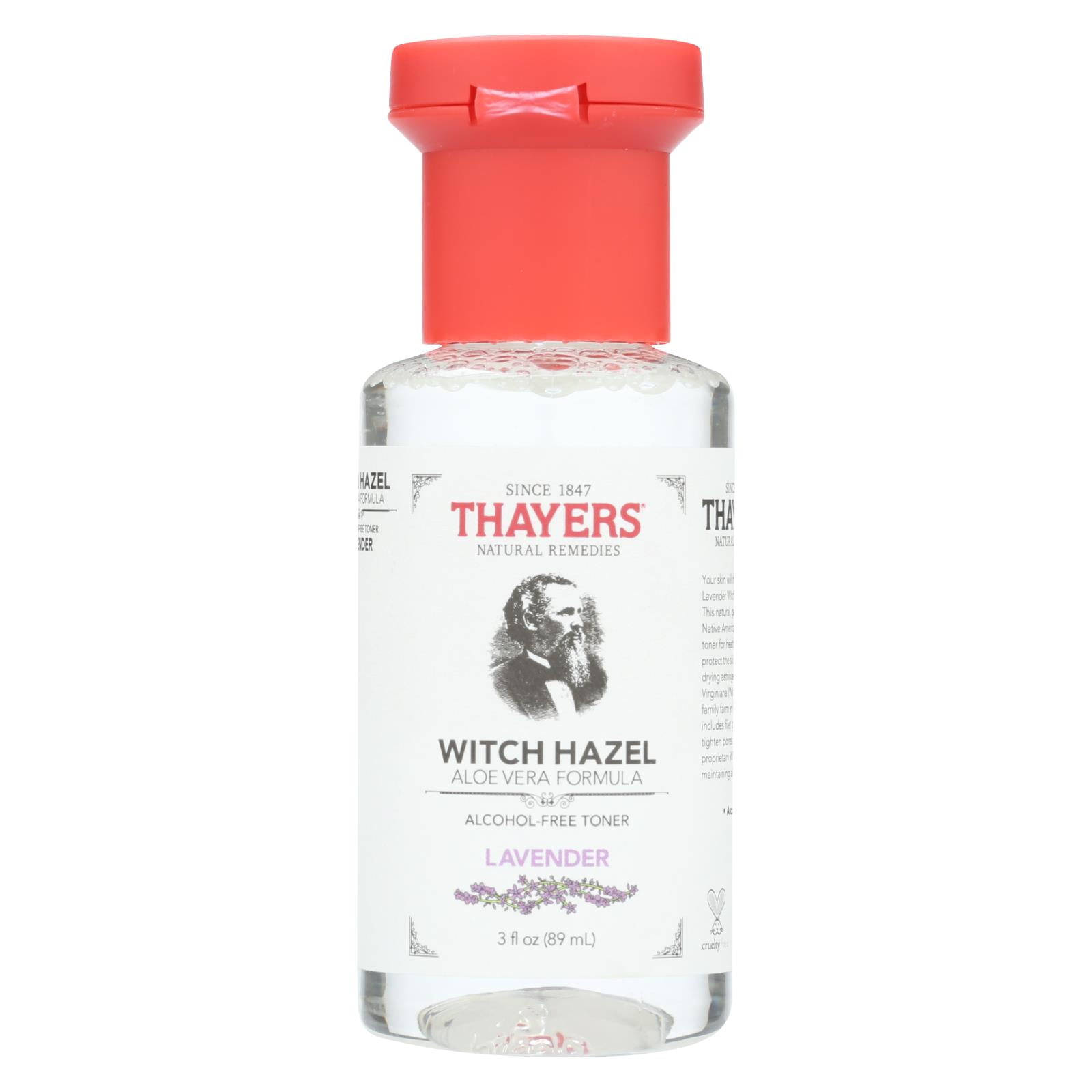

#Thayers witch hazel toner skin
These can aggravate your skin if you have inflammation, wounds, or have sensitive skin overall. Many OTC formulas can also contain fragrances and alcohol, though. Pure formulas contain witch hazel, and nothing else. These include fine lines, wrinkles, and varicose veins.Ī final consideration is the type of witch hazel used. There’s not enough evidence that witch hazel can treat anti-aging concerns, either. There’s no evidence that witch hazel can help internally when taken in a capsule, for example. It’s also important to know that the majority of research articles that back up the benefits of witch hazel are based on topical uses only. (Check out Healthline’s comparison of the two.) The American Academy of Dermatology still recommends proven OTC acne treatments: benzoyl peroxide and salicylic acid. Since these testimonies are circumstantial, it’s difficult to know which types of witch hazel were used, and how long these side effects lasted. For example, a forum on the use of witch hazel for acne is mostly positive, but some users claim excessive dryness and even worse breakouts. Part of the problem is that while witch hazel may reduce inflammation, it doesn’t get rid of the itchiness associated with these types of rashes.Īnecdotal research on witch hazel also has mixed results. For example, witch hazel might not be sufficient for eczema. While witch hazel may help with some skin conditions, there are mixed results on its efficacy. Other usesĪccording to Berkeley Wellness, an online resource for evidence-based wellness information, witch hazel is also sometimes used for the following: Witch hazel may be applied directly to your scalp in the shower, or you can mix a small amount with your regular shampoo. Such burns may be related to chemicals or UV-ray exposure. Don’t rub it in, as this can cause further irritation.įor scalp burns, witch hazel has been proven helpful for both men and women. To use witch hazel for skin burns, soak either a soft cloth or a sturdy paper towel with the solution. This may even be a safe method for razor burns (irritation you might get after shaving). You can also apply witch hazel to other types of minor skin burns, such as those from chemicals.

(However, contrary to some information touted online, witch hazel is not a suitable sunscreen.) Traditionally, witch hazel has been used as a treatment method for sunburns. However, it should not be applied directly in the eyes, or else you could risk burns. Witch hazel may also help under-eye bags. Witch hazel has also been proven safe when applied to the scalp. The thought here is that if the underlying inflammation is treated, then there may be fewer reactions in the form of tell-tale rashes. There’s also the potential that witch hazel could possibly benefit other types of inflammatory skin conditions, such as psoriasis and eczema. These plant-based compounds also have antioxidant effects. Part of this is related to the active tannins in witch hazel. The idea behind witch hazel for acne treatment is that it can act as an astringent by drying out your acne blemishes, much like other OTC treatments. While certain types of acne (such as cysts and pustules) are inflammatory, witch hazel may possible benefit noninflammatory acne ( blackheads and whiteheads) too. Some of the most common uses include acne, inflammatory conditions, and sunburn.

When applied to the skin, witch hazel-based toners have the potential to ease irritation, injury, and inflammation.


 0 kommentar(er)
0 kommentar(er)
